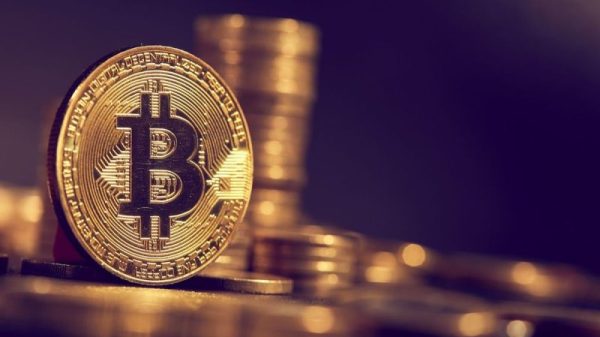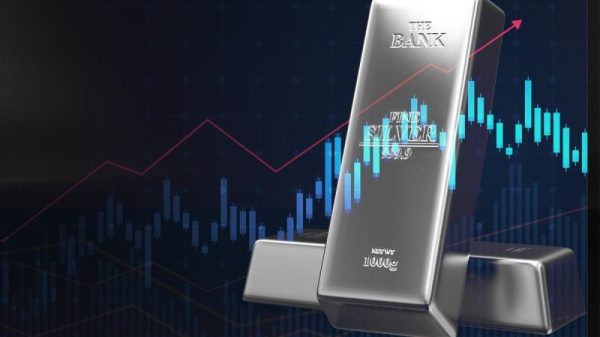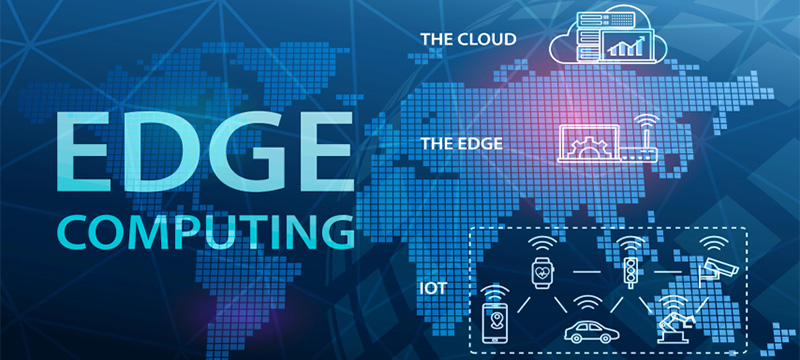IoT is expanding fast, and it is difficult to manage linked devices and process their data in real-time without a proper IoT solution. Issues with data transmission delay and analysis accompany traditional techniques of data processing when large amounts of sensor data are being collected.
The data management landscape is shifting due to edge computing. Some of the most significant aspects of edge computing, including how it affects IoT data management, applications for edge installations, and the advantages of using this technology, will be covered in this article.
What is Edge Computing?
When data is processed through an Internet of Things gateway rather than being sent to a remote cloud server directly, this is referred to as edge computing. Let’s investigate real-world industrial use. There is machinery in a plant, and we would like to monitor the vibration frequency coming from it. This device has 1,000 vibrations per second recorded by Internet of Things (IoT) sensors, producing a massive stream of data. This is when data processing is sped up via edge computing.
The procedure is as follows: data is gathered by IoT sensors and transmitted to the IoT Gateway, where edge computing algorithms compute vibration frequencies at the site of measurement. The computed average vibration frequency is then forwarded to the cloud. Instead of sending massive amounts of raw data to the cloud, all computation takes place on IoT gateways that are closer to the equipment. It significantly speeds up data processing.
Edge Computing in the IoT World
Edge computing is evolving the scene of IoT by introducing newer ways through which data can be managed and processed. Efficient device management at the edge allows for fast insights and actions there and then.
Applications Across Various Industries
Edge computing has emerged as critical across a host of industries, solving sector-specific problems and improving operational efficiency.
Health: In the case of fitness bands, edge computing in healthcare handles a large portion of what activity trackers do. It connects a number of medical devices, such as glucose sensors, blood pressure and heart rate monitors to provide real-time data for the best patient care and holistic health management. Manufacturing: Edge computing improves industrial processes, like production process optimization, equipment and machinery monitoring that enables maintenance and machine condition inspections to be scheduled in advance. Smart Cities: Edge computing methods improve a wide range of IoT devices, from smart lighting and waste management systems to traffic sensors and more. All things considered, this aids in improving the monitoring and administration of infrastructure by city administrators for improved urban management and service delivery. Energy: Edge computing helps the energy industry by enabling real-time administration and monitoring of smart equipment such as solar panels and meters, providing quick insights into energy output and consumption.Data Collection, Analysis, and Action at the Edge
Edge computing enables immediate data processing at the source, reducing dependency on remote cloud servers. This architectural approach allows data to be processed closer to where it is generated, improving response times and reducing latency.
The system works this way:
Data Collection: Data is collected locally from IoT devices at the IoT gateway. Additionally, an important advantage is that the IoT gateway can send alerts even if the connection with the cloud is lost, ensuring immediate awareness of issues rather than waiting hours for connectivity to be restored. Data Analysis: IoT dashboards allow analyzing data from edge device in real-time, providing insights and monitoring local events directly from the equipment. Action: The analysis is thus acted on right at the edge, such as triggering alerts or adjusting settings, to eliminate latency. The advantage of edge devices is that they can both calculate and store data locally, ensuring that even if connectivity is lost, processed data is preserved and sent to the cloud once the connection is restored, preventing data loss during communication outages. Firmware Updates: ThingsBoard Cloud facilitates simultaneous firmware updates across all IoT devices with a single click, ensuring all devices are consistently up-to-date and reducing the need for individual device management.Benefits of Using Edge Computing for IoT Device Management
Edge computing provides several important benefits:
Reduced Latency: Processing data at the edge locally reduces the travel time for data and brings quicker responses and real-time operations. Reliability Improved: It ensures reliable performance even in areas where the connectivity of a network is poor or unstable, as it allows information processing on-site. Better Security: The risks of data breaches while being transferred are reduced as it allows keeping data closer to the source. Bandwidth Efficiency: Less information has to be transferred to central servers, which consequently reduces the need for wide bandwidth and associated costs. Scalability: This allows IoT systems to efficiently scale by enabling multiple devices to distribute processing tasks among themselves.Conclusion
In summary, edge computing enhances security, filters data from local IoT devices and sends only valuable business information to the cloud for further processing and storage, reducing latency and increasing the reliability of IoT devices network. Using edge computing, organizations can effectively manage their IoT data.
The post Edge Computing – Secret Weapon in Real-Time IoT Device Management appeared first on IoT Business News.

































